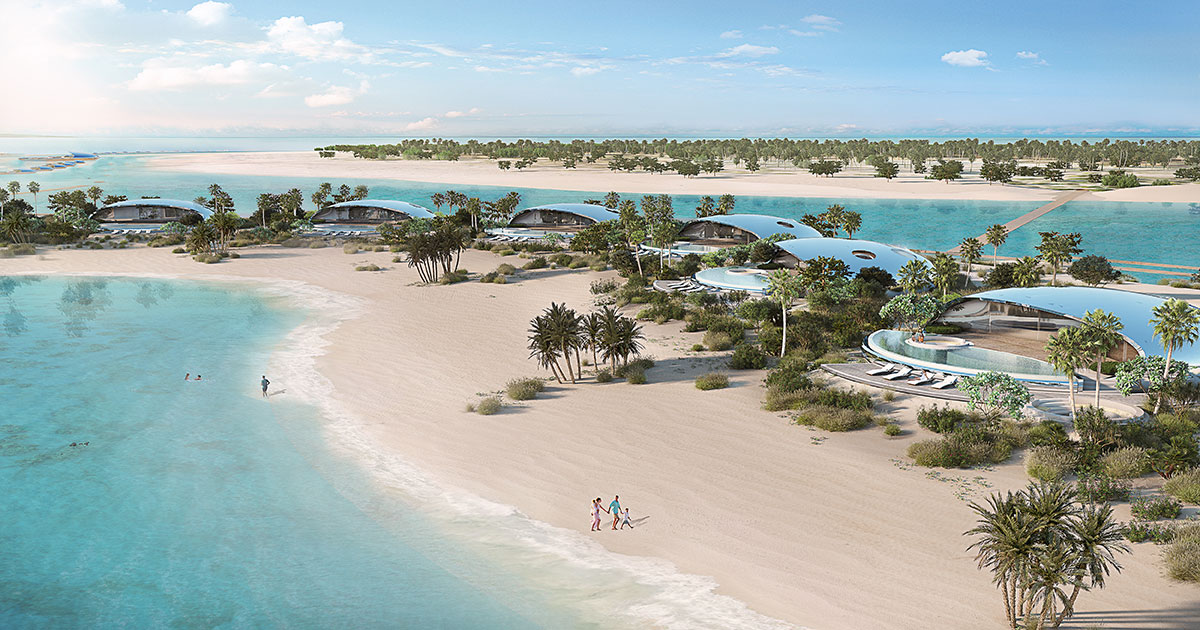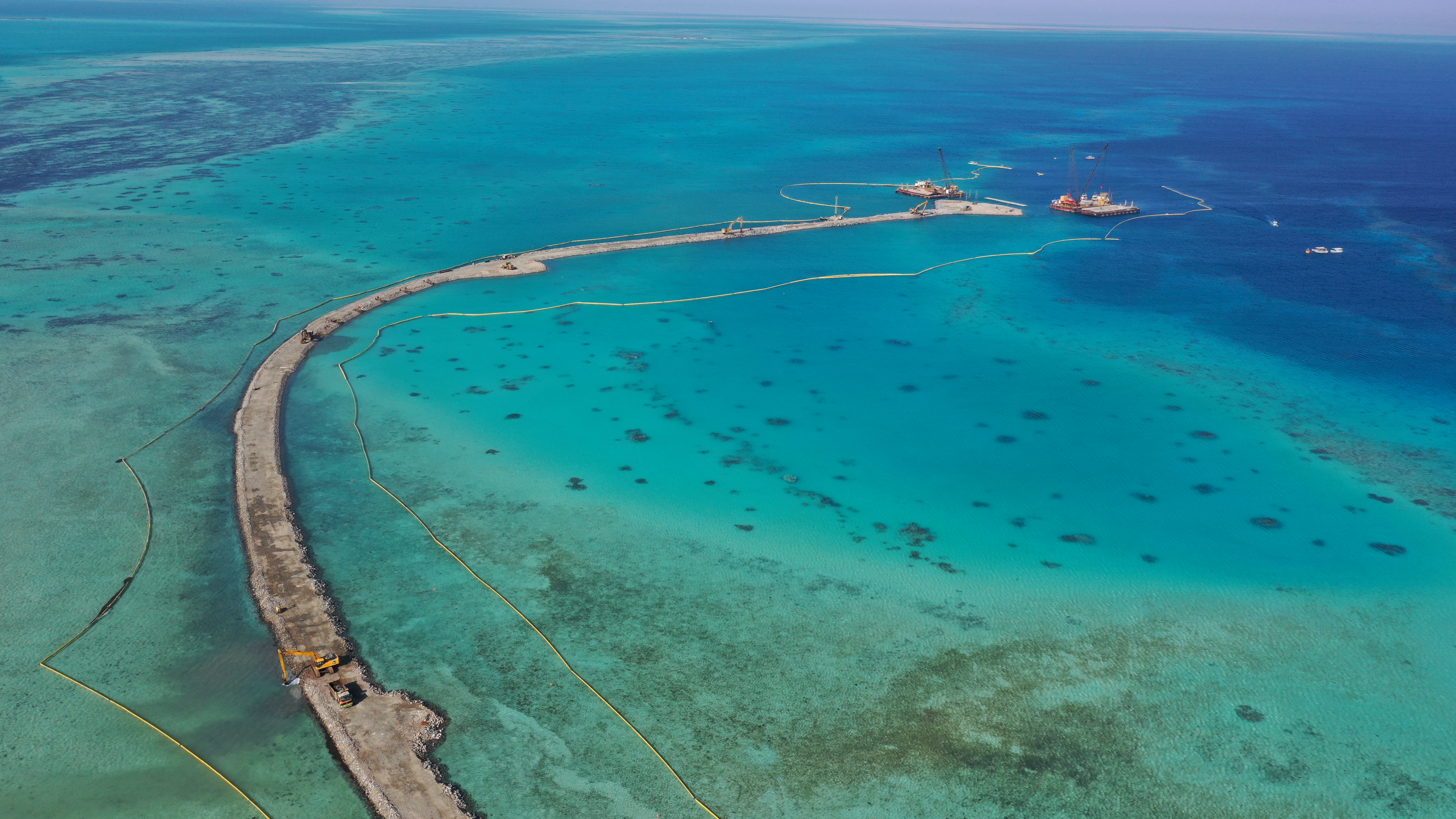At first glance, it’s seemingly inconceivable that a brand-new luxury tourism development consisting of an international airport, 50 hotels, marinas, and more could possibly leave its surrounding environment in better condition than if left alone.
This is the lofty ambition that The Red Sea Development Company (TRSDC) has laid out in no uncertain terms for The Red Sea Project on the west coast of Saudi Arabia.
Announced in 2017 by HRH Crown Prince Muhammed Bin Salman bin Abdulaziz, the Project is one of the crowning jewels of Vision 2030 to open the country up to wider income, employment and tourism opportunities.
With an area the size of Belgium at 28,000 km2, a Maldives-like archipelago of more than 90 islands, mountains, sand dunes and dormant volcanoes, The Red Sea Project is any developer’s dream blank canvas to create upon.
“When I first heard about the offer on the table, I said ‘no way!’ This can’t be done, not in Saudi Arabia,” explains TRSDC’s Italian CEO John Pagano, a development veteran of London’s Canary Wharf and the world-famous Baha Mar resort in the Bahamas. “But then I visited the area and was captivated by the incredible beauty and diversity of the islands and terrain. On top of that, the passion and sincerity of the country’s leadership to make this vision a reality. I jumped at the opportunity.”
Since then in 2018, Mr. Pagano has built a team of more than 650 professionals comprising a healthy blend of foreign expat and local Saudi expertise. Engineers, environmentalists, architects, scientists, marketeers and more have created their own Red Sea value system.
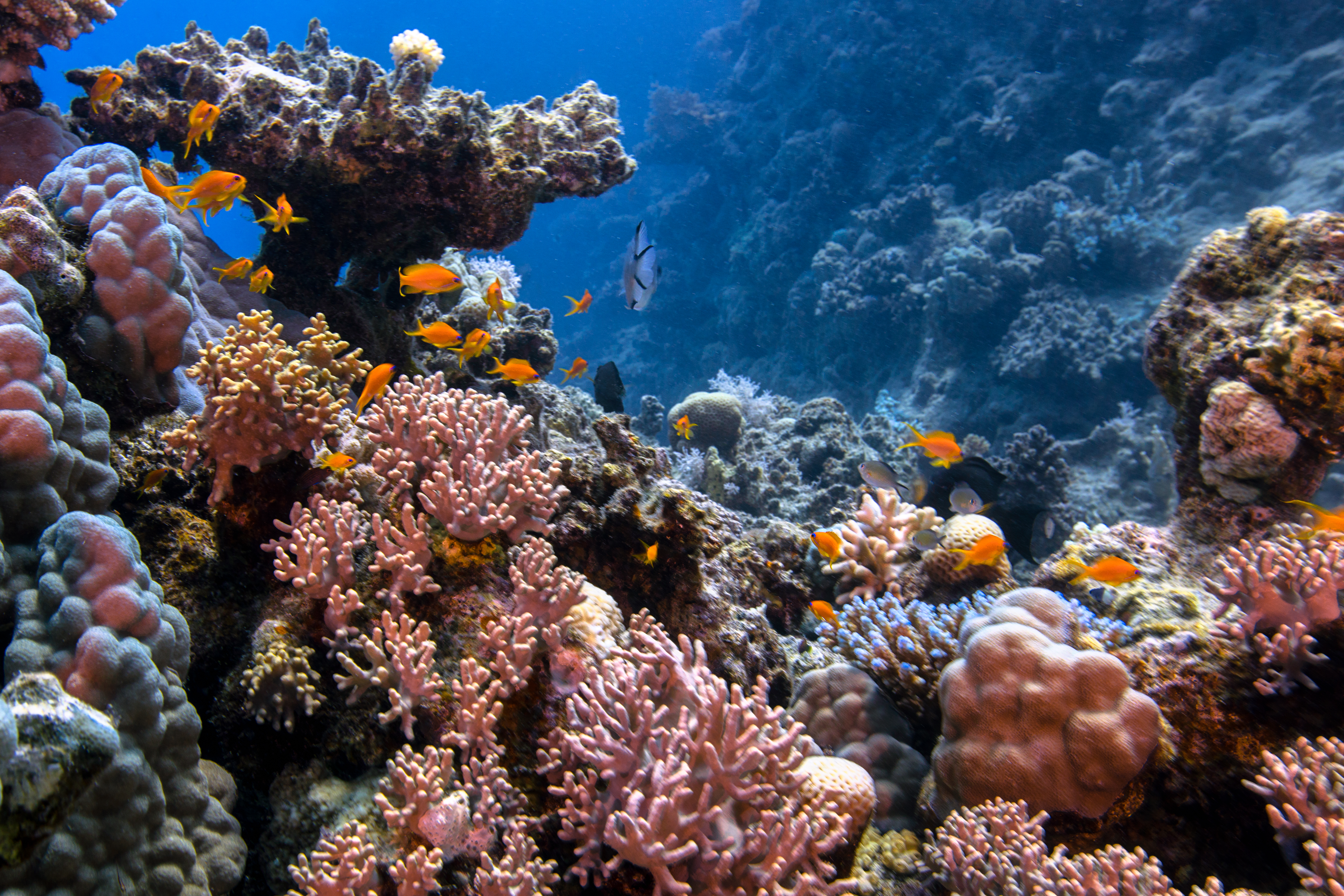
The Red Sea Project has already passed numerous significant milestones and work is on track to welcome the first guests by the end of 2022, when the international airport and the first few hotels will open. All 16 hotels planned in Phase 1 will open by the end of 2023.
Upon completion in 2030, The Red Sea Project will comprise some 50 resorts, offering up to 8,000 hotel rooms and around 1,300 residential properties across 22 islands and six inland sites. The destination will include luxury marinas, golf courses, entertainment, and leisure facilities.
The Project is expected to create around 70,000 jobs, directly and indirectly, while welcoming a capped one million tourists a year. It is projected to contribute $5.8 billion to Saudi GDP per year from 2030 onwards.
This socio-economic impact is coupled with an exceptionally strong commitment to environmental regeneration.
“The ambition is to create a 30 percent net conservation impact through the development and to exceed what would be the goals and economical outcomes of this area if it was just declared a national park,” says Professor Carlos Duarte, Professor of Marine Science at the King Abdullah University of Science and Technology (KAUST), and a key member of TRSDC’s Advisory Board.
Blue Carbon
Professor Duarte has received many accolades for his discoveries around the potential of ‘blue carbon’. According to a 2019 paper in the journal Nature co-authored by Duarte, “the term was first coined a decade ago to describe the disproportionately large contribution of coastal vegetated ecosystems to global carbon sequestration.”
So what does TRSDC’s bold claim to make a net conservation impact of 30 percent by 2040 actually mean?
“We’re taking a sustainable approach to development. From project planning and the materials we use in construction, through to destination and tourism management. In fact, the initiatives we’re putting in place across the Project align with all the 17 United Nations’ Sustainable Development Goals (SDGs),” says Mr. Pagano.
“We’re looking at everything from committing to achieve carbon neutrality to managing visitor numbers to avoid over-tourism. We’re finding new ways to reduce the environmental impact of running the destination. And we have the ultimate goal of actively enhancing the environment.”
Marine Spatial Planning
Much of this understanding of what levels of development could and could not be done at the site and how it was to be done was derived from a monumental Marine Spatial Planning study, published in the journal Frontiers in Marine Science in April 2020. The paper was co-authored by a multinational team of researchers including scientists from KAUST, the National Technical University of Athens and the University of Thessaly, alongside executives from TRSDC.
The paper describes how the research team used marine spatial planning to generate net positive conservation outcomes for the 2,081 km2 Al Wajh lagoon through the development of The Red Sea Project.
“The results of this study demonstrate that, through careful design and planning, coastal development has the potential to enhance, rather than jeopardize, conservation,” said Mr. Pagano. “We believe that this innovative approach to destination design, grounded in marine spatial planning, can create a new relationship between tourism and the natural environment in the 21st century.”
One of the key personnel charged with putting this bold enhancement plan in place is Dr Rusty Brainard, TRSDC’s Chief Environmental Sustainability Officer—a career environmental scientist with more than 38 years under his belt as a commissioned officer and then supervisory oceanographer with the US National Oceanic & Atmospheric Administration (NOAA).
“What drove me to leave Hawaii in July 2019 and relocate to Saudi Arabia was this incredible proposition that a private company could through development enhance the environment of the destination,” explains Dr Rusty, as he is referred to by his colleagues. “If this can be pulled off at such scale, it’s a real game-changer for sustainable development and the tourism sector that will set the bar for others to reach.”
Plus 30
Dr Rusty faces the challenge of defining and delivering on TRSDC’s commitment to regeneration—a task never done before for an area as vast as The Red Sea Project. As a starting point, Dr. Rusty has re-defined a 30 percent net gain in conservation impact in the measurable form of biological diversity.
“By establishing a vast 5,373 km2 no-take Marine Protected Area, we expect to increase fish biomass and large fish abundance well beyond 30 percent,” explains Dr Rusty. “In order to effectively prohibit fishing across our destination, we are first exploring and developing alternative livelihood opportunities for local fishers and fishing communities. In addition, we are striving to increase abundance of mangroves, seagrasses, and native land vegetation by 30 percent by 2040, which while challenging is clearly feasible.”
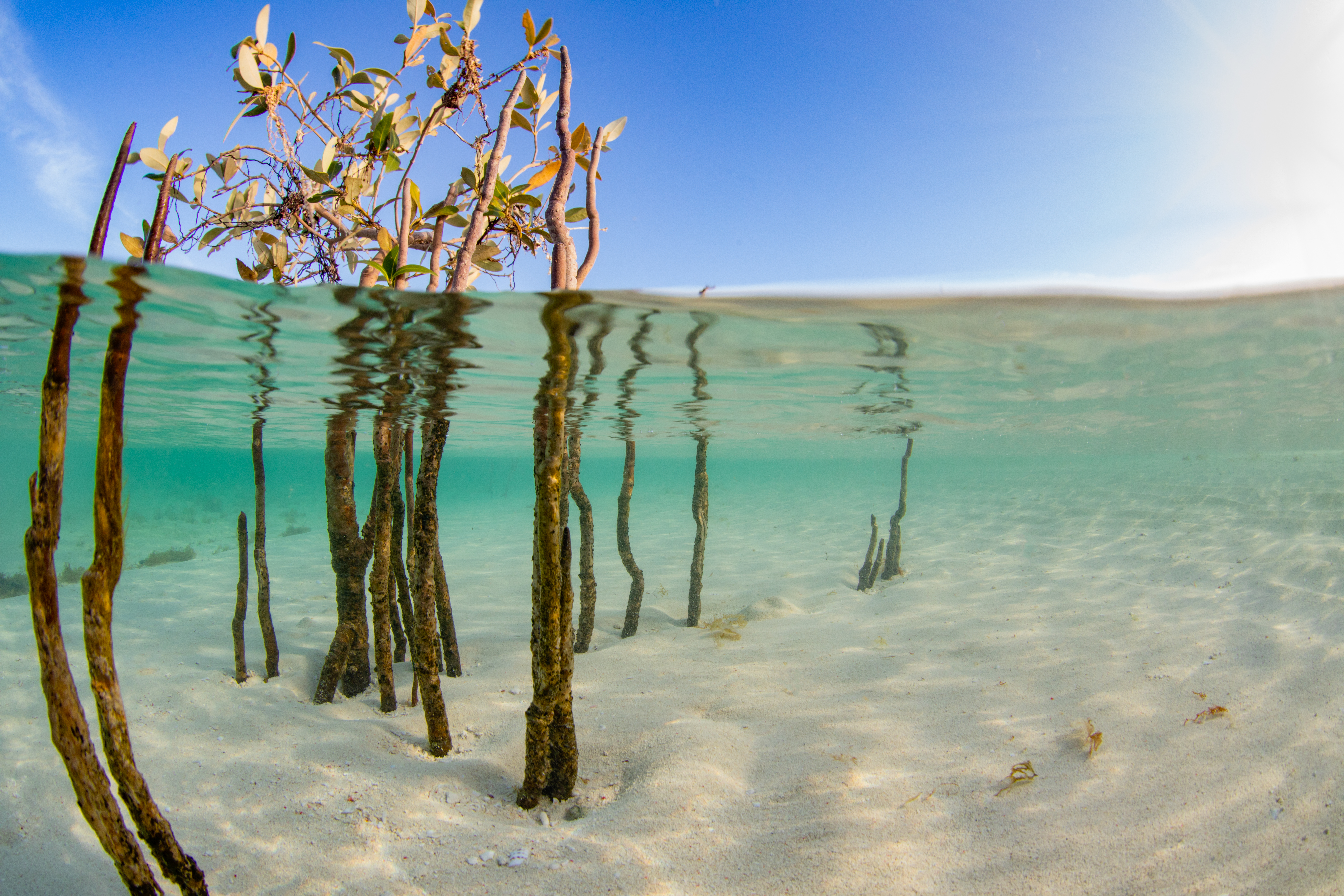
Indeed a 100-hectare nursery, one of the largest in the region, has already been built at the site. It will propagate predominantly native species, such as groundcovers, plants, shrubs, trees and palms to help meet the demand of upwards of 15 million plants for landscaping by completion of the destination in 2030.
“Where plus-30 gets challenging is for coral reefs,” continues Dr Rusty. “In today’s world, any destination that has exactly the same abundance of coral after 20 years would be considered a success. So, achieving plus-30 for coral reefs is exceptionally ambitious and is going to take some really innovative solutions, which we are investigating.”
Baseline Surveys
A critically important part of making this plus 30 percent commitment is understanding where they stand today. Dr Rusty leads a team of scientists that is conducting baseline surveys of the land and marine environment. They are partnering with leading academic institutions, environmental agencies, and even NASA to help them get this right.
In collaboration with Dr Ved Chirayath of the NASA Airborne Science Program and Professor Greg Asner, Director of the Center for Global Discovery and Conservation Science and the Global Airborne Observatory at Arizona State University, KAUST and other scientific organizations, TRSDC are planning a range of different kinds of surveys including 450 spatially distributed baseline fish and benthic (ocean floor) surveys in 2021.
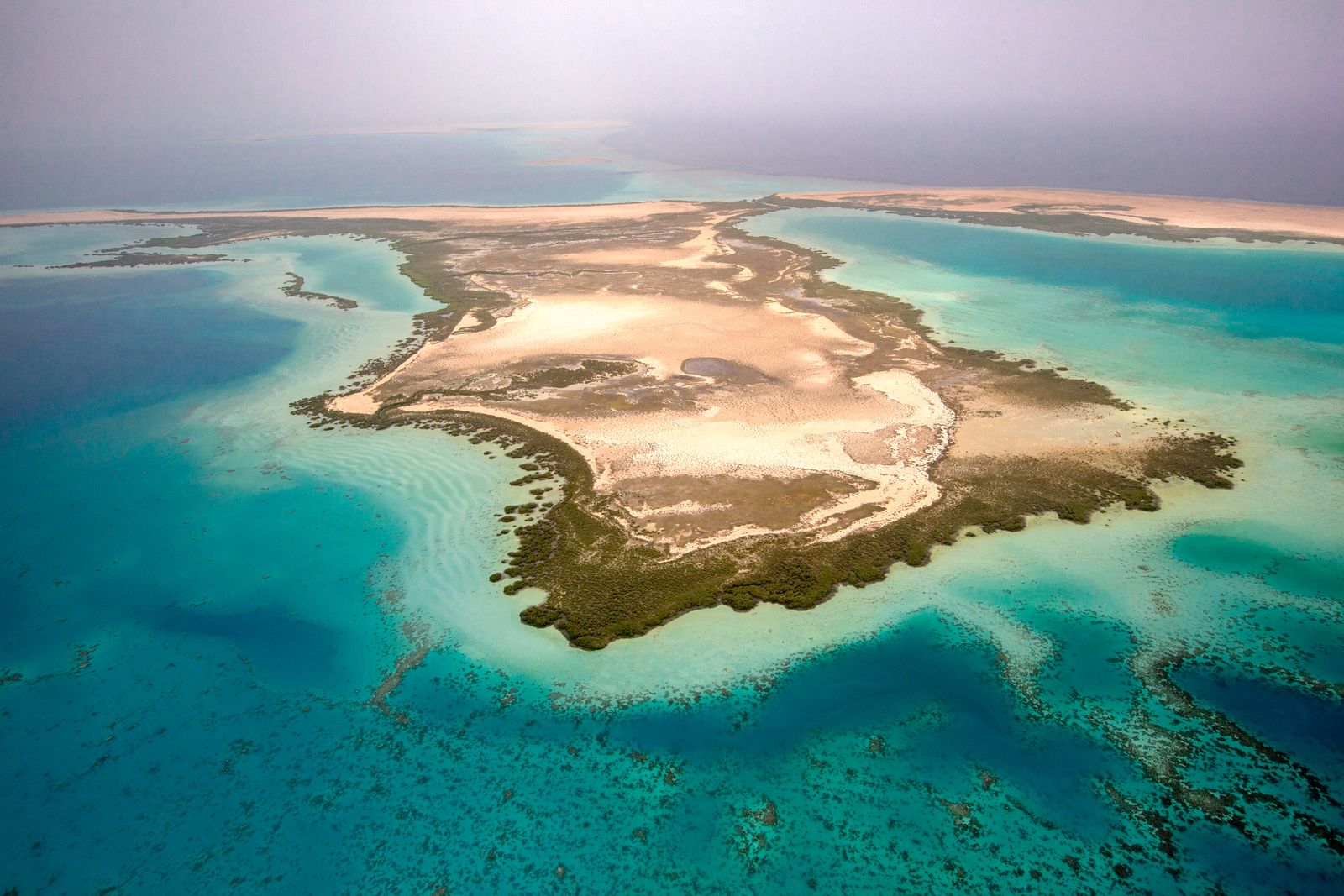
These surveys will measure coral volume, sizes and condition, abundance of different species of fish, and on land, tree, shrub and grass coverage among an array of topographical measurements.
The science behind some of these surveys is staggering, such as the scanning of the ocean floor using NASA equipment, which uses a combination of high-performance ‘FluidCam’ drone photography and fluid lensing - a technique for imaging through the ocean’s significantly distorted surface by running complex calculations.
“The importance of measuring our success and our ability to achieve these very ambitious plus-30 enhancement goals requires our commitment to environmental monitoring and continually evolving research and development,” explains Dr Rusty.
Global Reference for Eco-Tourism
TRSDC aims to have ongoing surveys of its marine and terrestrial ecosystems for years to come, establishing a baseline and then measuring and responding to results to ensure it continues to enhance biodiversity at the destination. What Dr Rusty refers to as an adaptive management cycle.
The best of science and technology guide the architects and engineers to construct in ways that best serve the interests of the environment. Some 2,500 internet connected (IoT) devices will be deployed in coral reefs, lagoons, and turtle nesting sites to monitor habitats and restrict access to sensitive areas.
“The aim is to become a global reference for eco-tourism, sustainable development, conservation, and, more importantly, regeneration. The project has been a force for progress from its inception,” says Mr. Pagano. “And we will share the knowledge we gain and the lessons we learn with the rest of the world in the hope that we can inspire other destinations around the globe.”
This feature appeared in Environment, Coastal & Offshore (ECO) Magazine's 2021 Spring edition, to read more access the magazine here.


